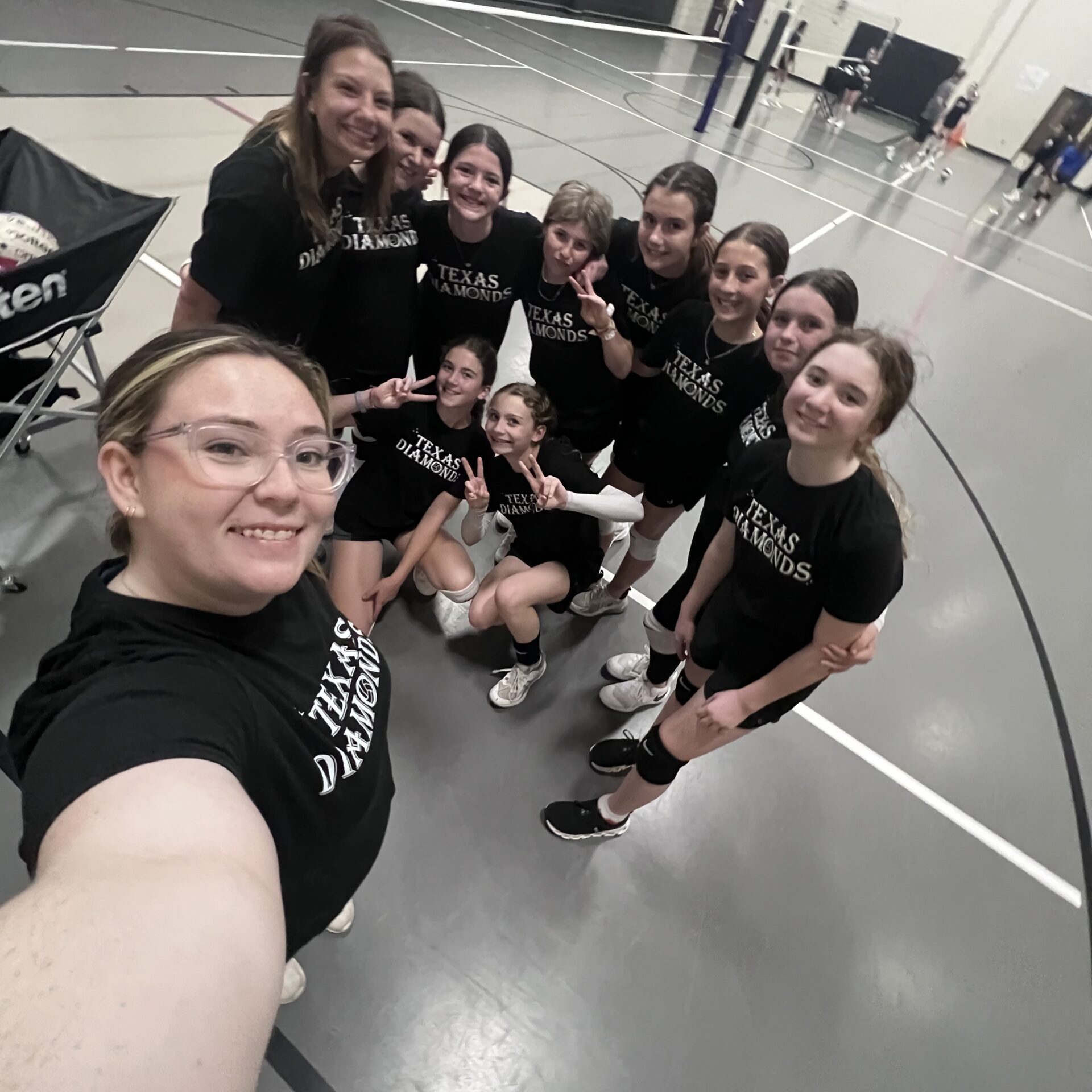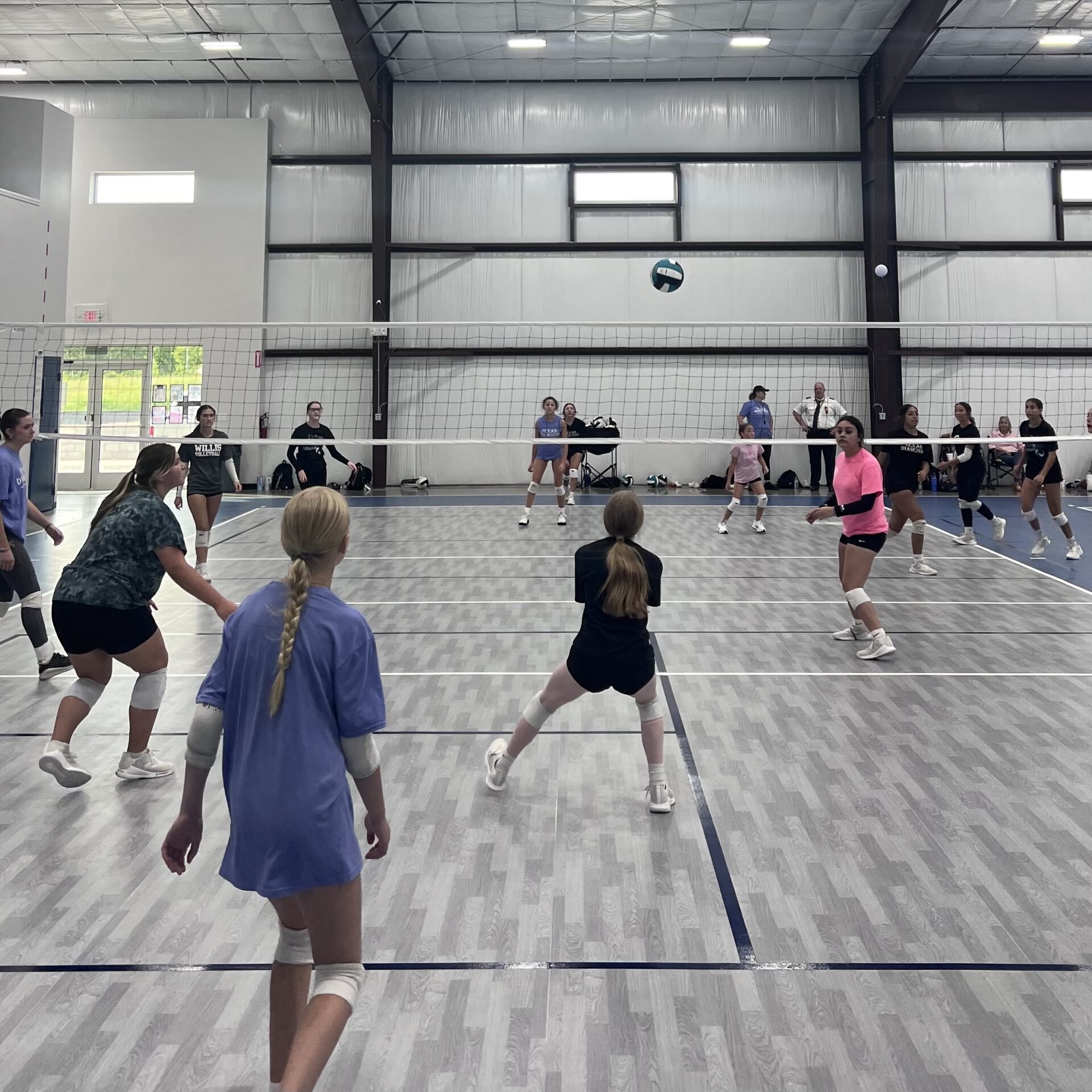Why play club volleyball?
At Texas Diamonds Volleyball, our club program offers a unique opportunity for athletes to take their volleyball skills to the next level. With expert coaching, personalized attention, and a competitive environment, players are able to sharpen their techniques and elevate their game.
Club volleyball provides focused skill development, helping athletes improve technically, physically, and strategically.
Beyond volleyball, our program emphasizes personal growth, teaching responsibility, teamwork, and perseverance. We strive to create a supportive environment where players can thrive both on and off the court. For girls seeking to advance their abilities and confidence, club volleyball is the ideal space for growth and success.

FAQ's

Club volleyball provides higher-level training and competition compared to recreational or school volleyball. It allows players to develop their skills, improve game strategy, and compete with and against top-level athletes, which helps them grow both on and off the court.
Club volleyball offers consistent training with experienced coaches who focus on technical skills, physical fitness, and game strategy. With regular practices and tournament play, athletes get more touches on the ball, allowing for faster improvement.
Yes, playing club volleyball often increases a player's chances of making school teams and being noticed by college recruiters. Club programs typically offer higher competition levels, providing players with opportunities to showcase their talents at tournaments.
Club volleyball teaches valuable life skills such as teamwork, discipline, time management, and leadership. These skills benefit players both on the court and in their personal lives, helping them grow into confident, well-rounded individuals.
Players not only form strong bonds with their teammates but also become part of a larger volleyball community. The friendships, support, and camaraderie built during the club season create lasting relationships and a positive environment for personal growth.
